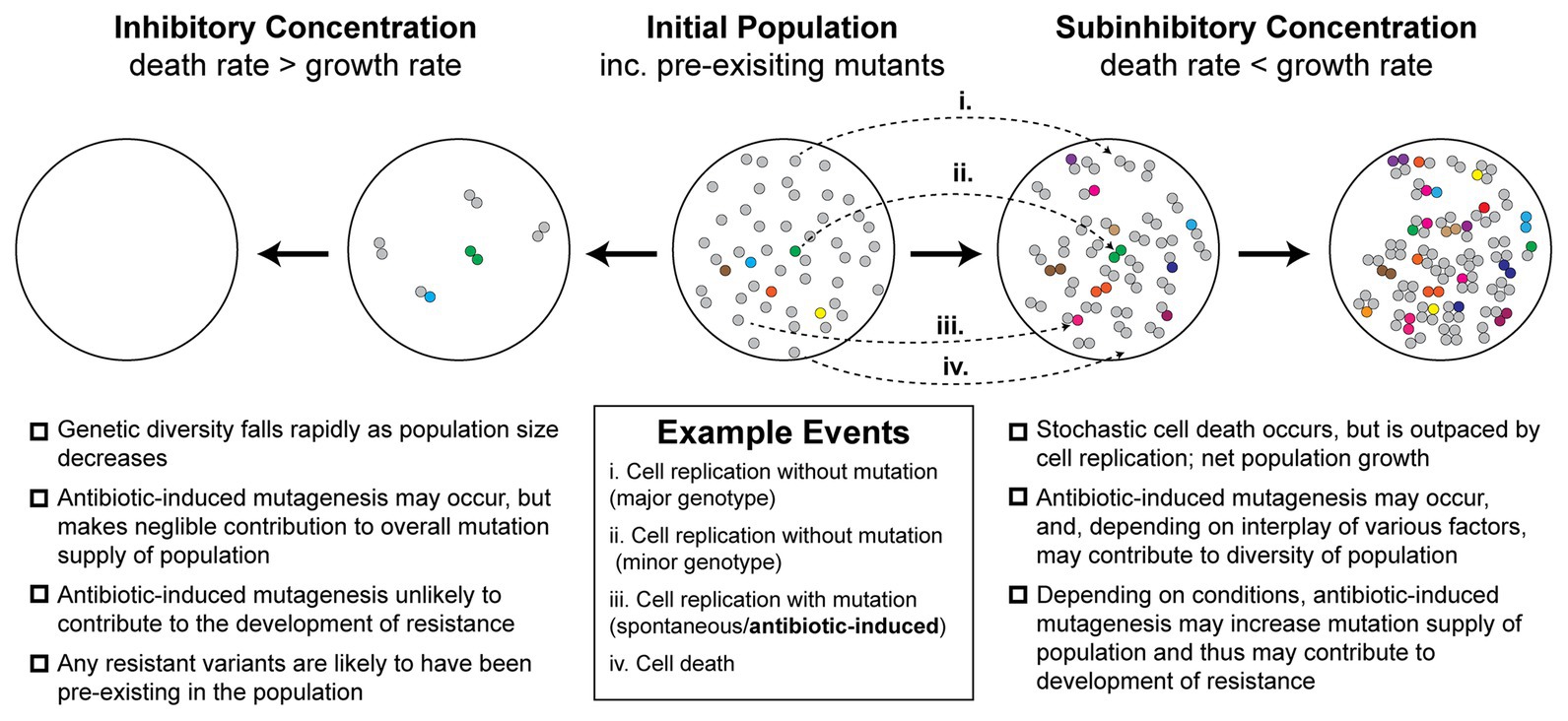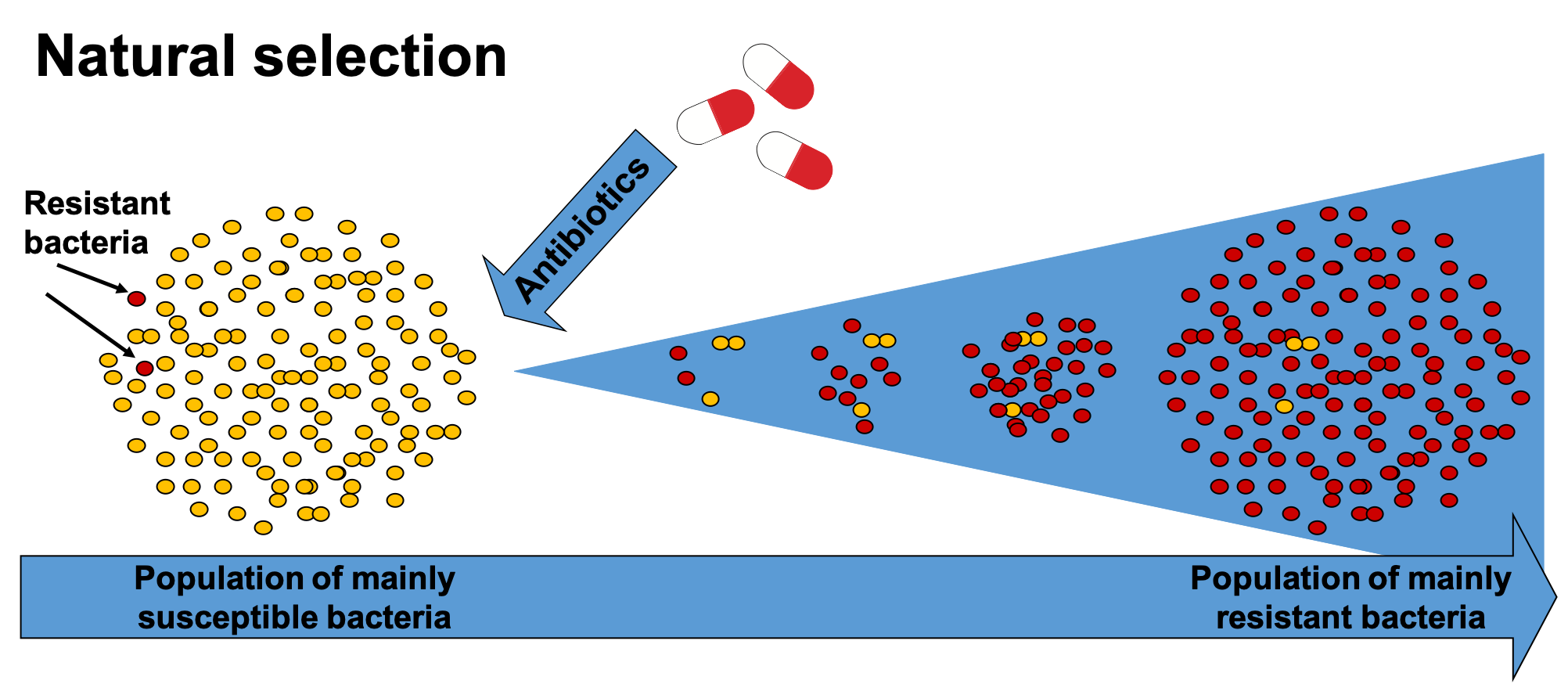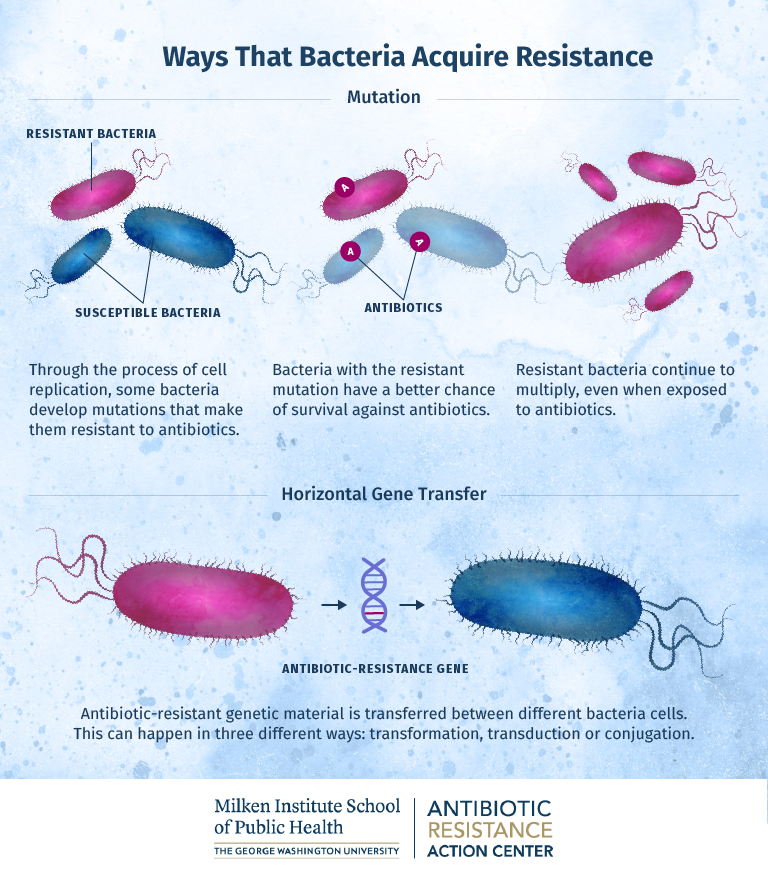Describe a Bacteria That Has Been Mutated to Be Useful
A special unit of measurement the micron μ is 11000 of a millimeter or about 125000 of an inch. Transformed bacteria can then be grown in large amounts.

Frontiers Antibiotic Induced Mutagenesis Under The Microscope Microbiology
As a result whereas wild-type cells retain the ability to grow normally on a.

. This technique is used to detect nutritional mutants called auxotrophs which have a mutation in a gene encoding an enzyme in the biosynthesis pathway of a specific nutrient such as an amino acid. Antibiotic resistance is a serious public health problem. B The mutated bacteria will not be able to cause disease as readily.
They can be used to produce enzymes amino acids flavourings and other compounds used in food production. The two most commonly employed are the bacterium Agrobacterium tumefaciens which is naturally able to transfer DNA to plants and the gene gun which shoots microscopic particles coated with DNA into the plant cell. Bacterial mutation tests using various Salmonella typhimurium LT2 and Escherichia coli WP2 strains are by far the most widely used systems for predicting mutagenicity of chemicals and other materials including complex mixtures and environmental contaminants.
While some are harmful most are not and some are even. Scientists show that in bacteria the rate of beneficial mutations -- those that increase the capacity of an organism to survive in a particular environment -- is much higher than previously thought. In the ground in the ocean on your hands and in your gut.
Mutations are one way for bacteria to become resistant to antibiotics. For example benzyl penicillin has very little. A mutation is a change in the DNA code of an organism.
Chromosomes are made up of DNA and protein are highly organized and have lots of genes on them. A taxonomic domain of single-celled organisms lacking nuclei formerly called archaebacteria but now known to differ fundamentally from bacteria. Which outcome would you predict.
However interestingly six of the genes including the most mutated have not previously been implicated in the pathogenesis of lung infections. One common technique used to identify bacterial mutants is called replica plating. The direct method to investigate the DFE is to induce mutations and then measure the mutational fitness effects which has already been done in viruses bacteria yeast and Drosophila.
As we have already learned bacteria are so minute that they cannot be measured accurately by any familiar scale. This technique is used to detect nutritional mutants called auxotrophs which have a mutation in a gene encoding an enzyme in the biosynthesis pathway of a specific nutrient such as an amino acid. With the advent of genetic engineering new genetic changes can easily be.
The chemical or physical agents that cause mutations are called mutagens. There are two reasons for making the effort to determine a mutation rate instead of a frequency. Streptococcus pyogenes causes over 700 million.
Most bacteria are smaller than eukaryotic cells but larger than the nucleus Table 23. A polyploidy plant has many sets of _____ 9. For example if the bacteria are grown on agar containing the antibiotic ampicillin only the bacteria that have been transformed with a plasmid containing the resistance gene for ampicillin will survive.
A number of techniques exist for the production of GM plants. The alternative to determining a mutation rate is to determine a mutant frequency that is simply to average the fraction of mutant bacteria in a few replicate cultures. As a result whereas wild-type cells retain the ability to grow normally on a.
Some bacteria are naturally resistant to some antibiotics. The human chromosome number is 46. If source DNA is extracted from a eukaryotic organism and used to create transgenic bacteria why will the mRNA transcribed from the recombinant DNA encode a defective protein in the bacteria.
Select all of the following that describe. Examples of physical mutagens are ultraviolet UV and gamma radiation. It can be prevented by minimising unnecessary prescribing and overprescribing of antibiotics the correct use of prescribed antibiotics and good hygiene and infection control.
Three Types of Point Mutations. Sore throat skin disorders Antibiotic Resistance. Describe a type of bacteria that has been mutated to be useful.
Bacteria are single-celled organisms that are pretty much everywhere. 1 Generally individual plant cells are targeted and. Radiation exerts its mutagenic effect either directly or by creating free radicals that in turn have mutagenic effects.
First when properly determined the mutation rate is more accurate and. Bacteria have been used in the production of food for a very long time and specific strains have been developed and selected for that work on an industrial scale. Bacteria constitute a large domain of prokaryotic microorganisms.
One common technique used to identify bacterial mutants is called replica plating. Deadly Like other potentially dangerous bacteria such as Ecoli Streptococcus pyogenes can be found in 5 per cent 15 per cent of all humans residing in the lungs or throat without causing any harm. 23 from an egg cell and 23 from a sperm cell.
Most of the time this change is not an advantage and as a result they are weakened so that after they reproduce they are weaker than before. Give an example of a polyploidy plant_____ 13-2 Manipulating DNA. A form of asexual reproduction and cell division used by all prokaryotes bacteria and archaebacteria.
A The mutated bacteria will be more virulent. DNA can be manipulated by using different techniques are used to. Genetic Toxicology Testing 2016.
If we were to treat the bacterial. C The mutated bacteria will be protected from plasmolysis in hypertonic environments. Resistance mechanisms for information about how bacteria resist antibiotic action.
A _____ organism is an organism that has been engineered to contain _____ DNA. A pathogenic bacterial species has mutated and is no longer able to synthesize a capsule. Some spontaneous mutations or genes that have been acquired from other bacteria through horizontal gene transfer may make the bacterium resistant to an antibiotic See.
Genetically modifying a plant. A variety of approaches have been used to study the DFE including theoretical experimental and analytical methods. The DNA of interest or the protein coded for by the DNA can then be isolated and purified.
Three of these can be linked through homology to. When mutations occur at the level of the chromosome it is called chromosomal mutation.

How Bacteria Build Resistance At The Cellular Level Online Public Health

Mutation Causes Ck 12 Foundation

Crispr What Is It And Why Is The Scientific Community So Fascinated By Its Potential Applications Starting Study Biology Biomedical Science Teaching Biology
0 Response to "Describe a Bacteria That Has Been Mutated to Be Useful"
Post a Comment